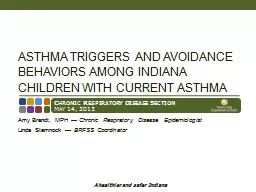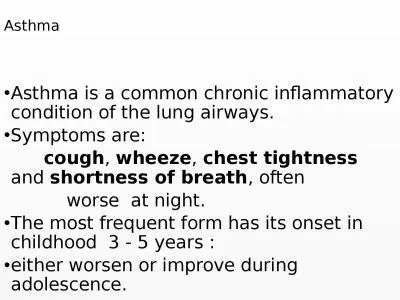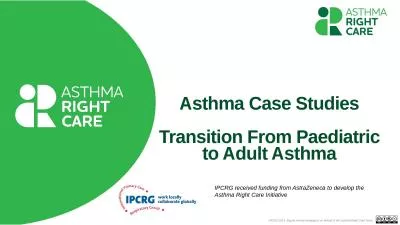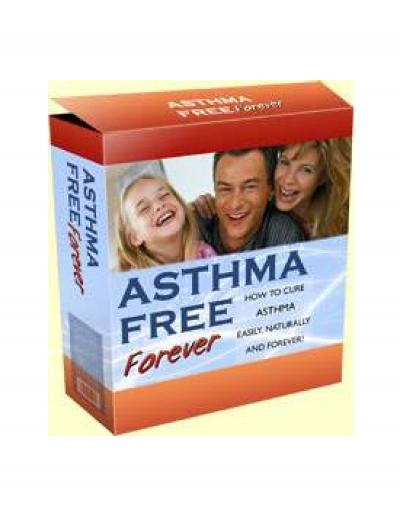PPT-Asthma Catherine Crocker & Tricia McGinnity
Author : lindy-dunigan | Published Date : 2018-02-25
Paediatric Respiratory Nurse Specialists Aims of session What is asthma Triggers Signs and symptoms Treatments including spacer technique Recognising poor control
Presentation Embed Code
Download Presentation
Download Presentation The PPT/PDF document "Asthma Catherine Crocker & Tricia Mc..." is the property of its rightful owner. Permission is granted to download and print the materials on this website for personal, non-commercial use only, and to display it on your personal computer provided you do not modify the materials and that you retain all copyright notices contained in the materials. By downloading content from our website, you accept the terms of this agreement.
Asthma Catherine Crocker & Tricia McGinnity: Transcript
Download Rules Of Document
"Asthma Catherine Crocker & Tricia McGinnity"The content belongs to its owner. You may download and print it for personal use, without modification, and keep all copyright notices. By downloading, you agree to these terms.
Related Documents

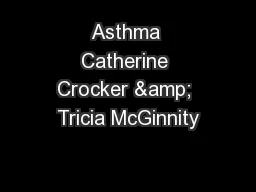
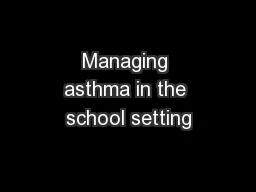

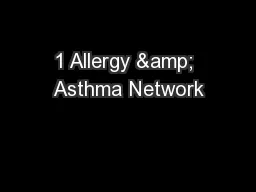

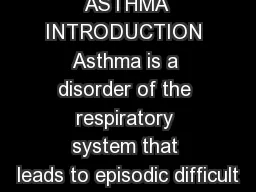

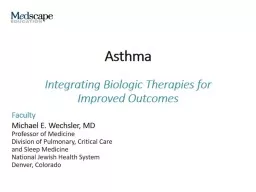
![[EPUB] - Betty Crocker\'s Slow Cooker Cookbook (Betty Crocker Cooking)](https://thumbs.docslides.com/882773/epub-betty-crocker-s-slow-cooker-cookbook-betty-crocker-cooking.jpg)
